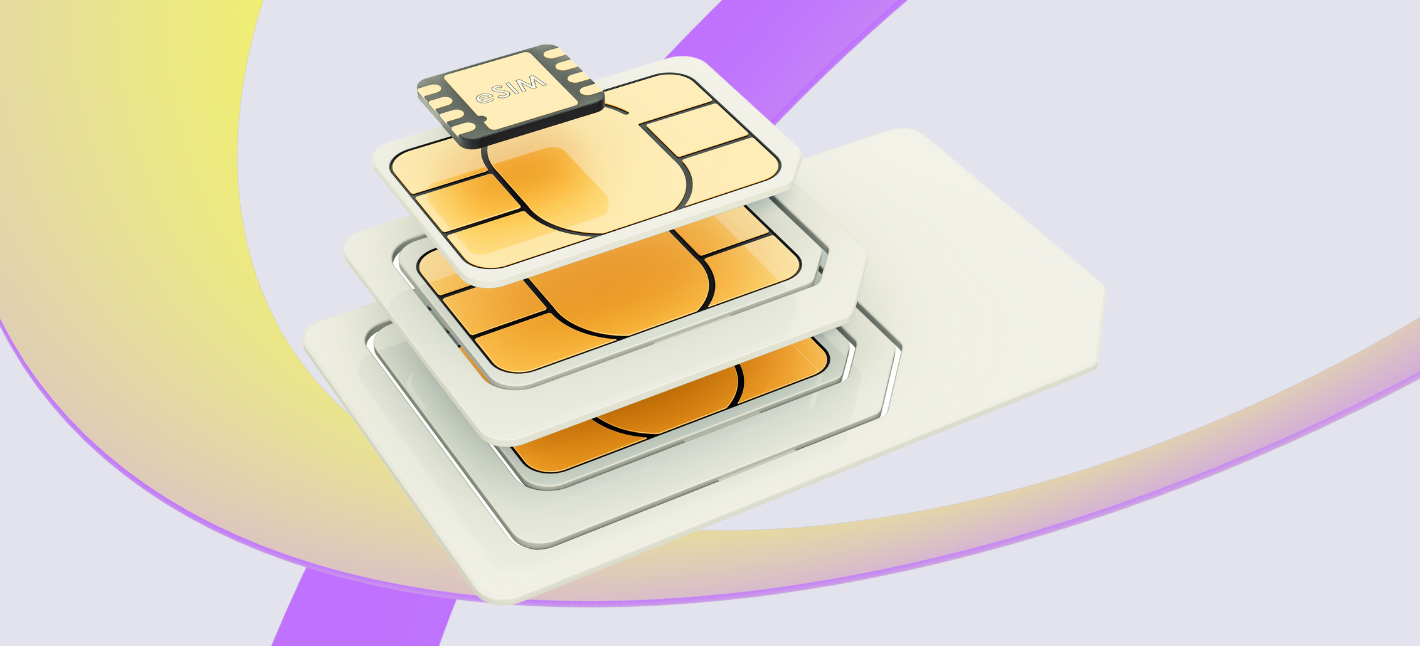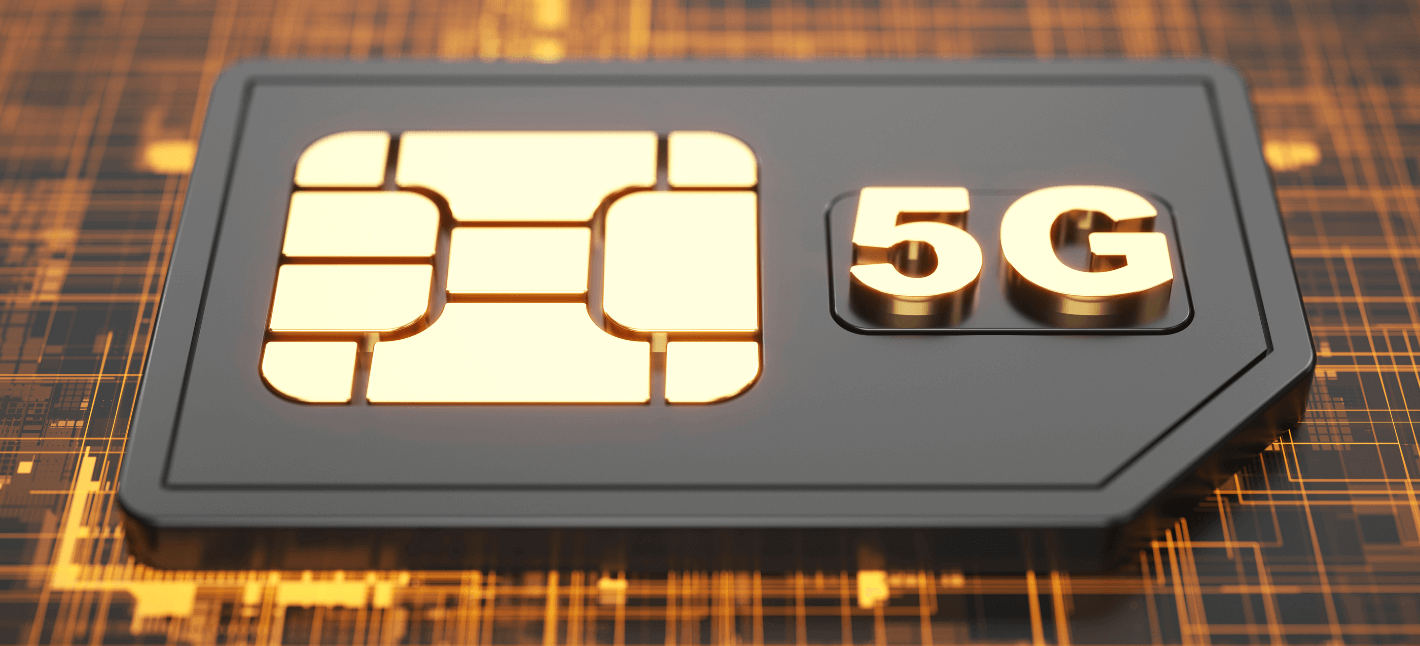IoT Connectivity Control Common IoT Connectivity Technologies and Use Cases
Vodafone Managed IoT Connectivity Platform Evaluating IoT Connectivity Technology Pros and Cons

The rapid evolution of the Internet of Things (IoT) has led to an elevated concentrate on connectivity options for gadgets, allowing them to speak and relay information successfully. As companies and industries incorporate IoT solutions to improve effectivity and augment processes, understanding the variations between cellular and non-cellular IoT connectivity turns into essential.
Cellular connectivity makes use of existing cellular networks to attach devices, allowing for information transmission over broad geographical areas. This expertise is well-established, supported by decades of infrastructure improvement, and has the benefit of providing customers robust coverage and dependable communication. Devices geared up with cellular technology can tap into the 2G, 3G, 4G, and the rising 5G networks, offering high-speed data transfer capabilities.
Non-cellular IoT connectivity offers different communication strategies that do not rely on cellular networks. These alternate options can embody Wi-Fi, Bluetooth, Zigbee, LoRaWAN, and other specialized protocols designed for particular use circumstances. This class often targets short-range applications, such as home automation or localized sensor networks, where broad cellular protection is most likely not necessary.
M2M IoT Connectivity Ultimate Guide to IoT Connectivity
The alternative between cellular and non-cellular connectivity primarily hinges on the specific necessities of the application. For example, cellular networks are often most popular for assets that are mobile, roaming between different geographic areas, or require real-time data communication. This makes cellular connectivity perfect for functions corresponding to vehicle monitoring and smart transportation techniques, the place units incessantly transition between different community zones.
In distinction, non-cellular connectivity tends to be favored in environments the place units exist stationary and communication does not require in depth coverage. For example, within a wise constructing, a number of IoT sensors can communicate over Wi-Fi or Zigbee, efficiently sending data on energy utilization, occupancy, or environmental situations while not having the expansive attain of cellular networks.
Long Range IoT Connectivity Market Reports on IoT Connectivity
Another pivotal consideration is value. Cellular connectivity can entail higher prices for knowledge plans, especially for high-data-use applications. Depending on the amount of knowledge transmitted, organizations must contemplate the long-term costs coherently. Conversely, non-cellular solutions often involve decrease operating bills since many gadgets can communicate over private networks with out incurring month-to-month charges.
In phrases of power consumption, non-cellular technologies frequently stand out. Many low-power protocols, corresponding to LoRaWAN, have been specifically designed to minimize energy utilization, extending the battery life of related devices considerably. This is important for purposes corresponding to environmental monitoring or agricultural sensors, where maintenance should be infrequent.
Web Connectivity In IoT Management of Connectivity in IoT
Security is one other important factor influencing the selection of connectivity kind. Cellular networks profit from established safety protocols and encryption methods, which can scale back vulnerability to attacks. Non-cellular options, whereas providing flexibility and lower costs, can current more various safety challenges, requiring cautious implementation of encryption and security measures to protect consumer knowledge and system integrity.
Latency is a important side impacting performance in IoT purposes. Cellular networks, significantly with the developments seen in 5G, present low-latency communication ideal for real-time purposes. This is paramount for sectors corresponding to telemedicine or autonomous autos, where delays in data transmission can lead to extreme consequences. Non-cellular technologies can introduce higher latency, making them less suitable for duties demanding real-time interaction.

The scalability of IoT methods also reflects the differences between the 2 forms of connectivity. Cellular networks already accommodate hundreds of thousands of devices, because they're constructed with a broad user base in thoughts. This makes them a beautiful option for large-scale deployments requiring widespread protection. Non-cellular solutions, significantly those working on native networks, can face hurdles regarding scalability, especially when numerous units must be coordinated.
Environmental situations and physical limitations can heavily influence the effectiveness of connectivity choices. Cellular signals can penetrate buildings and transmit over longer distances, making them versatile in varied settings. Conversely, non-cellular technologies, while doubtlessly limited in vary, can utilize mesh networking capabilities, permitting devices to relay info through each other, extending the efficient communication area - Web Connectivity In IoT.
IoT Connectivity Definition Market Reports on IoT Connectivity
In sensible phrases, many fashionable IoT methods undertake a hybrid method, using each cellular and non-cellular connectivity relying on particular requirements. Such a strategy allows customers to learn from the strengths of each techniques whereas mitigating their weaknesses. For example, a sensible metropolis may deploy cellular sensors for traffic management while utilizing Wi-Fi for native environmental monitoring stations.
The way ahead for IoT connectivity rests in improved technologies that can continue to bridge the gap between cellular and non-cellular options. Advancements in edge computing could enable gadgets to course of information domestically, decreasing the need for constant connectivity. Increased collaboration between different types of networks, corresponding to integrating cellular backhaul with native space networking, can lead to innovative solutions for varied industries.

Ultimately, deciding between cellular and non-cellular IoT connectivity necessitates a complete evaluation of the precise use case. Factors like protection, cost, energy consumption, latency, and safety should all be weighed to pick out an applicable connectivity resolution.
The evolution of IoT signifies an exciting future, where the combination of cellular and non-cellular technologies can create a more related world. As industries proceed to innovate while integrating IoT methods, the flexibility and adaptability provided by a mix of those connectivity options will pave the way for more efficient and responsive solutions.
IoT Connectivity Security How Cellular IoT Connectivity Operates
Through understanding the distinctions between cellular and non-cellular IoT connectivity, stakeholders can strategically deploy options that meet their particular needs, markedly improving the efficacy of IoT applications in real-world contexts.
- Cellular IoT connectivity utilizes established cell networks for seamless knowledge transmission, providing widespread coverage and reliability.
- Non-cellular IoT, such as LoRaWAN or Sigfox, typically operates on low-power radio frequencies, making it best for rural or hard-to-reach areas the place cellular companies may be restricted.
- Cellular networks help excessive bandwidth applications, enabling real-time knowledge transfer, which is crucial for sectors like telemedicine or autonomous automobiles.
- Non-cellular solutions typically consume much less energy, permitting units to have longer battery life, which is advantageous in environments the place frequent maintenance is impractical.
- Cellular IoT units might require a subscription-based knowledge plan, resulting in greater ongoing costs compared to non-cellular systems that may be less expensive to operate.
- Non-cellular IoT technologies typically present greater scalability for large-scale deployments, as they will connect hundreds of units without overwhelming a single network node.
- Cellular connections tend to supply extra strong safety protocols, crucial in industries requiring stringent data protection measures, corresponding to finance or healthcare.
- The latency in non-cellular networks could additionally be greater, making them less appropriate for functions the place timely data processing is crucial, corresponding to industrial automation.
- Geographic availability can restrict non-cellular IoT deployment in urban areas, whereas cellular infrastructure is often extra developed and accessible.
- Non-cellular options may introduce complexities in gadget integration and management, while cellular technologies benefit from a extra homogenized ecosystem supported by major telecom providers.undefinedWhat is the principle distinction between cellular and non-cellular IoT connectivity?
Cellular IoT connectivity uses cell networks (like more info here 4G and 5G) for communication, whereas non-cellular options depend on various methods corresponding to Wi-Fi, LoRaWAN, or satellite. The choice affects protection, power consumption, and information transmission capabilities.
Managed IoT Connectivity Platform Introduction to IoT Connectivity Options
How does coverage differ between cellular and non-cellular IoT options?
Cellular IoT has in depth protection, notably in city areas, benefiting from established cellular networks. Non-cellular choices may have restricted range depending on the expertise; for instance, Wi-Fi protection is confined to the vary of a router, whereas satellite can provide global reach.
What are the prices associated with cellular versus non-cellular IoT connectivity?
IoT Cloud Connectivity Future of IoT Technology Connectivity
Cellular IoT usually incurs monthly data fees tied to a cellular plan. Non-cellular options might have lower ongoing costs however may require extra important upfront investments in hardware or infrastructure, affecting the overall price range depending on the applying.
Which possibility offers better energy efficiency for IoT devices?
Non-cellular IoT connections, corresponding to LoRaWAN, are generally more power-efficient, allowing units to operate for extended intervals on battery (Managed IoT Connectivity). Cellular IoT could eat more energy, particularly during excessive knowledge transmissions, but newer technologies like NB-IoT goal to enhance efficiency.
What types of purposes are greatest suited for every connectivity type?
Connectivity Technologies In IoT Types of IoT Connectivity Options
Cellular IoT is ideal for functions requiring mobility or in depth geographic coverage, like fleet monitoring. Non-cellular solutions excel in eventualities where low information transmission and low power consumption are priorities, such as smart agriculture or remote sensors.
How safe are cellular and non-cellular IoT connections?
Cellular networks typically have built-in safety measures, including encryption and authentication, benefiting from regulatory oversight. Non-cellular connections can range in security based on the precise know-how used, necessitating cautious consideration for crucial functions.
Vodafone Managed IoT Connectivity Platform Consolidation of IoT Connectivity
What are the latency variations between cellular and non-cellular IoT connectivity?
Cellular IoT typically offers lower latency, making it appropriate for real-time applications. Non-cellular options may expertise higher latency, especially in networks that depend on longer-distance transmissions or much less optimized protocols.
Can I swap from cellular to non-cellular connections in iot connectivity comparison an existing IoT application?
Cloud Connectivity In IoT Overview of IoT Connectivity Technologies
Switching is possible but requires cautious evaluation of the application's needs. Strategies must be developed to deal with differences in coverage, energy, knowledge rates, and overall architecture to ensure the IoT answer remains effective - IoT Connectivity Managementplatform.
What components ought to I contemplate when selecting between cellular and non-cellular IoT connectivity?

Consider protection space, data requirements, energy constraints, gadget mobility, security wants, and budget. Each software's distinctive necessities will help determine essentially the most suitable connectivity solution for optimum performance.